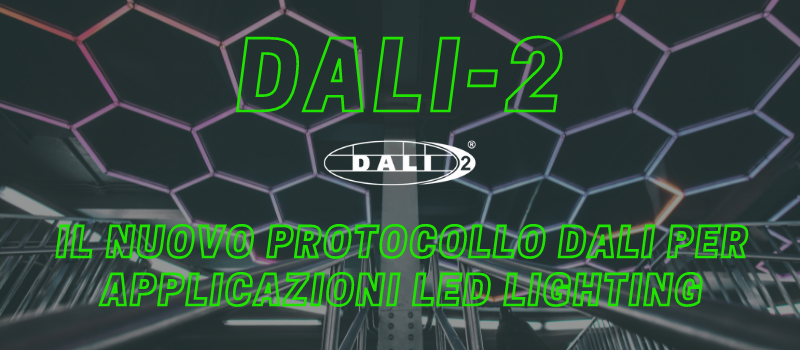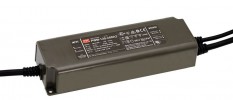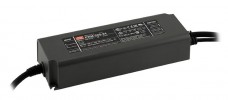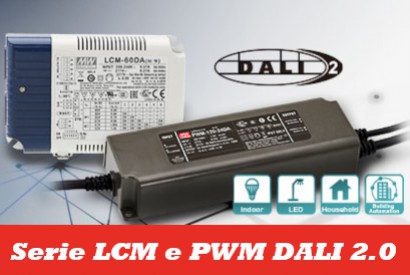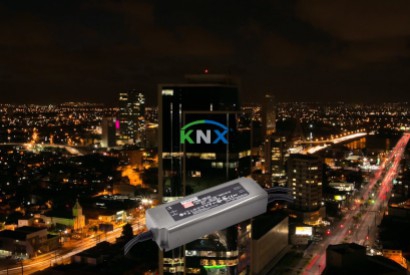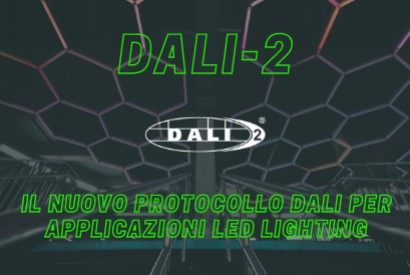PWM digital modulation: what is it and where is it applied?
Published : 06/14/2022 09:45:00
Within the LED lighting industry, we hear very often about PWM technology; what is it and what does this acronym mean? PWM means Pulse Width Modulation technology; it is a digital control technique created to replace voltage and current regulation through the use of rheostats or potentiometers.
A PWM system is able to modify an electrical dives’s duty cycle and maintain it as defined by the user. The element’s workflow is the ratio between time when signal stay on and operation’s total time.
The PWM technology makes easier the regulation of electrical system with different types and dimension, from driver LED power supplies to engine, valves and hydraulic pump.
So we define what is PMW modulation and where’s its application.
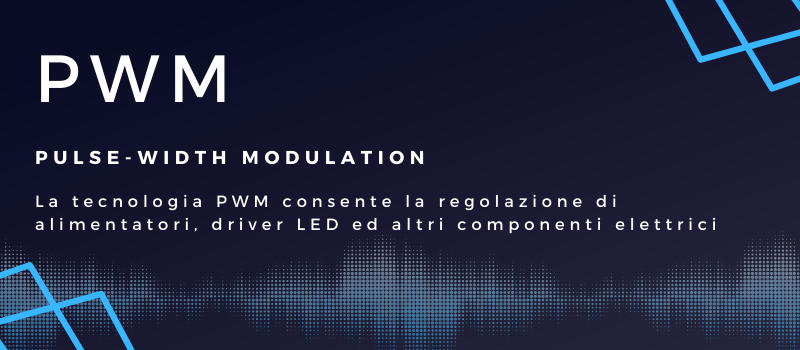
What is a PWM signal and how it works
A PWM modulation (Pulse Widht Modulation) is a signal that can regulate the output voltage from a source of direct current and, at the same time, can considerably restrict the dispelled power from electrical system.
A PWM circuit operation depends on switch placed between source and load that do an ON/OFF high-speed action, generating a medium voltage value compared to system total capacity. The result is the possibility of changing power supplie’s output voltage or varying a LED bright intensity.
A PWM regulation goal is to operate a device in a lesser value of its standard power source, seeing as isn’t possible starting an electrical element within respect the minimal characteristics of starter; here you can find a starting current peaks detailed study.
The PWM technology advantage is the drastic decrease of dispelled power, with a major system efficiency. The passage between power status and shotdown status (that don’t include loss of power) occurs in a shorter time than the standard, and thanks to it a dispelled power is very low compared to that delivered.
REQUEST MORE INFORMATION WITH A DEDICATED CONSULTATION
Uses and applications of PWM regulation
The PWM modulation is used in an electrical devices and comunication protocols. The PWM technology is used to modify the electrical load current (so the power), this technology is frequent in:
- Switching power supplies: the PWM modulation is used for power supplie’s regulation without power lesses, increasing the efficiency level. The PWM signal in switching power supplies is regulated depending on output current, inducing stabilition feedback as the input current changes. In other way, a PWM power supplier in a system that request less energy works with a lesser quantity of energy and also regulated.
- Driver Led: the PWM modulation can vary as desired the bright source intensity as a incandescent bulbs or LED devices. A PWM circuit inserd inside dimmers respects efficaciously more precise light attenuation requirements that handle high dimming ratios at high frequencies. In addition, the use of an LED driver with PWM avoids light flicker and strobe effect.
Digimax power supplies and driver LED with PWM
With particular interest to the LED Lighting sector, Digimax solutions with PWM modulators find application in advanced and innovative lighting systems, enabling full control of light with modern and cutting-edge functionality. Examples include:
- Mean Well PWM intelligence Driver LED: ideal for light management in wireless smart lighting applications, with a Bluetooth technology for the interconnection with other devices and Casambi protocol for the machinery control.
- Mean Well Digital driver LED with DALI2 technology for the light regulation: designed in accordance with the international securety certifications, IEC 62386 and EN 61374 legislations for the emercency illuminations.
- Mean Well driver LED KNX with PWM modulation: togheter with KNK technology, the output frequency is changeable by the user mantainig the color temperature and bright homogeneity managing all LED devices.
Find out Digimax solutions of industrial automation and professional illumination, and our specific service of consulting at the design stage.
-
LCM and PWM digital led drivers with DALI 2.0 functions and push dimming
Leggi tutto
Published : 01/19/2021 10:30:00 -
PWM-60/120KN: Mean Well LED driver for KNX applications
Leggi tutto
Published : 02/12/2020 14:48:17 -
DALI2: the new DALI protocol for LED lighting applications - Digimax
Leggi tutto
Published : 03/24/2022 17:00:00

